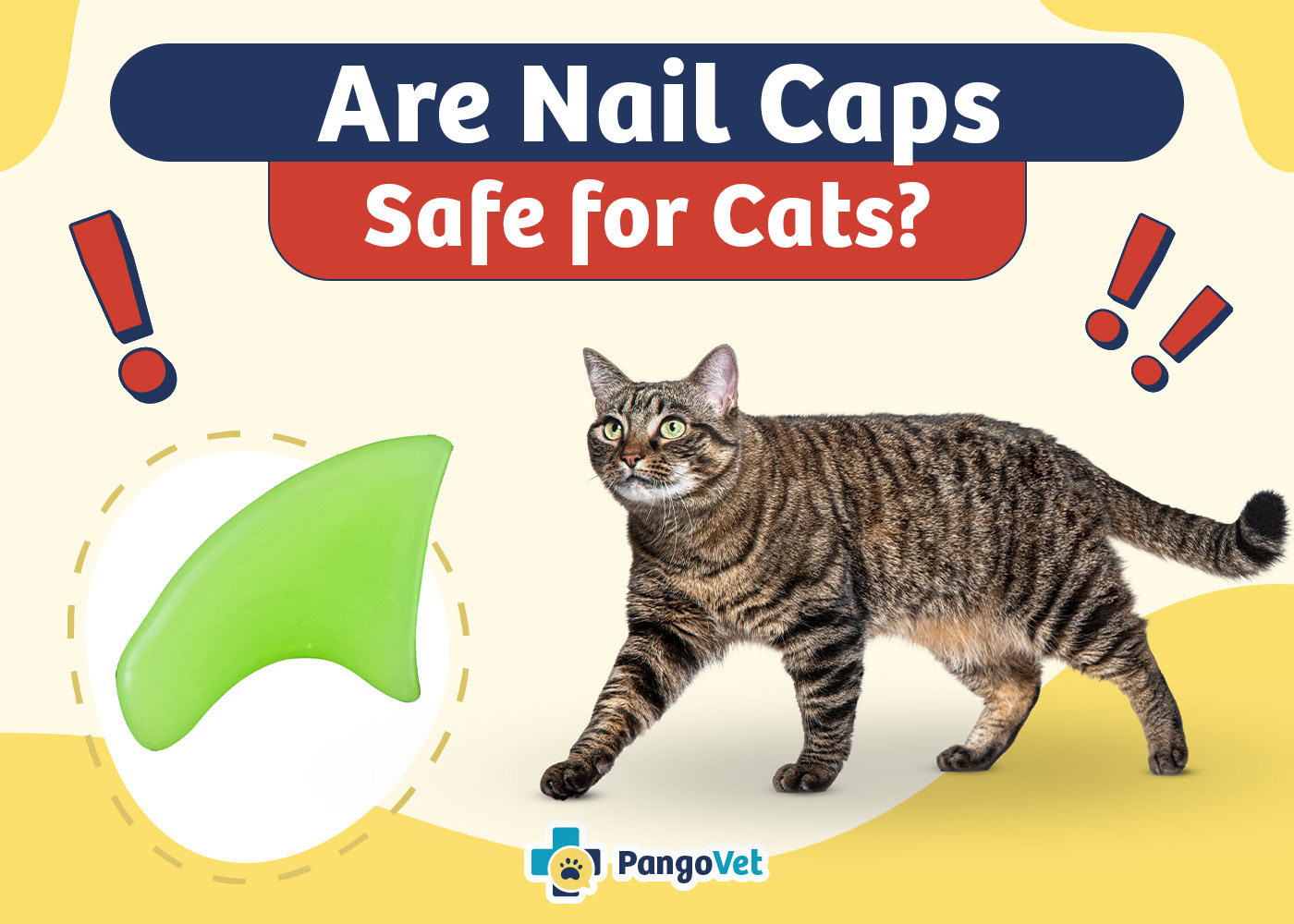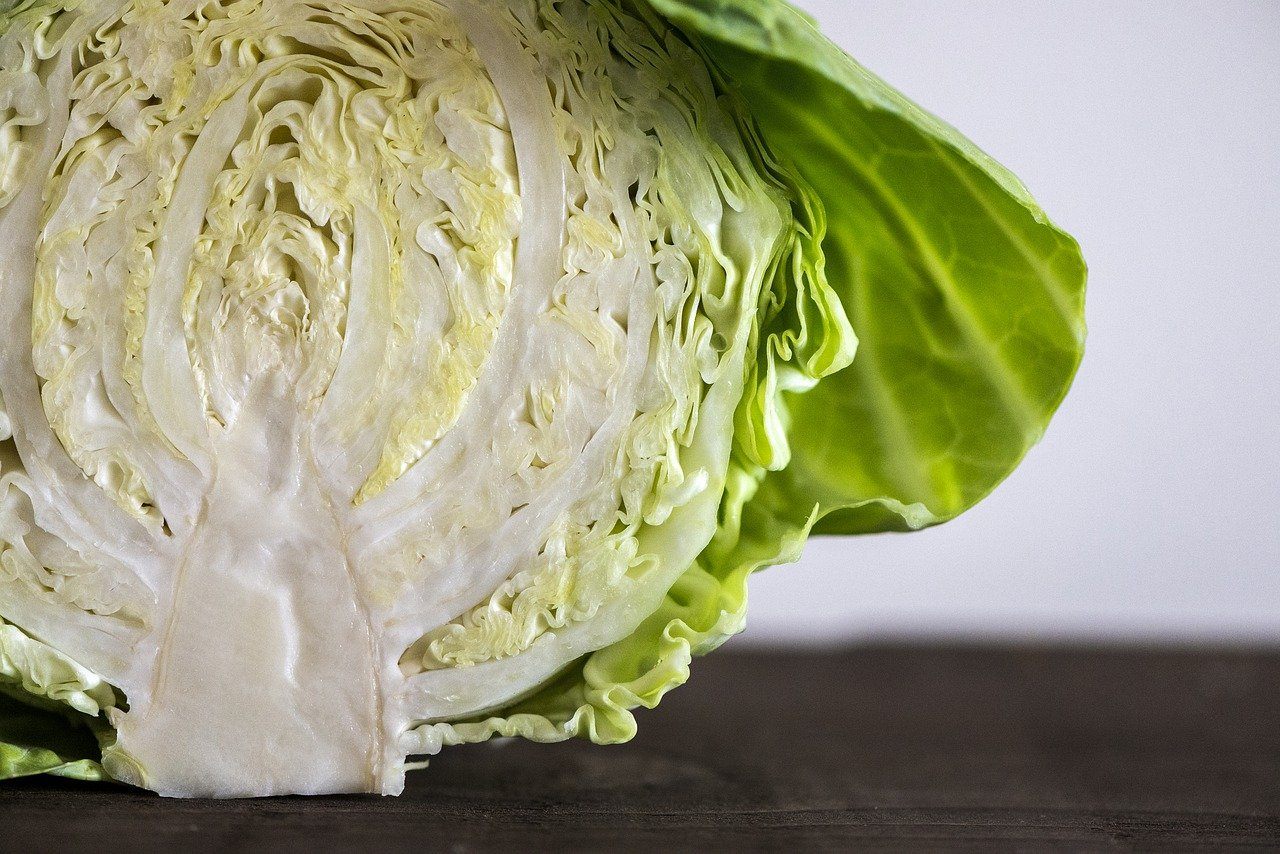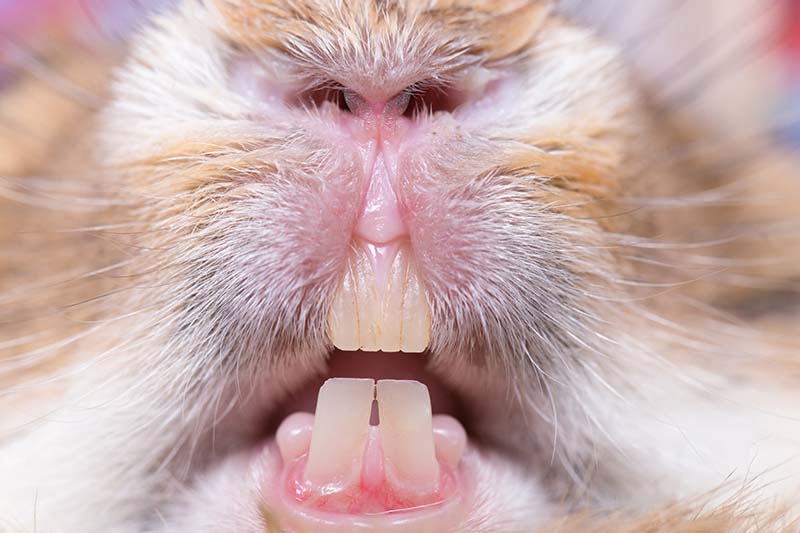VET APPROVED

The information is current and up-to-date in accordance with the latest veterinarian research.
Learn more »Click to Skip Ahead
As pet owners, we like to be informed regarding available products for our cats, especially if we are dealing with a behavioral or medical issue. One of the accessories becoming more popular is nail caps, and cat owners are continuously asking if they are safe to use. First of all, it’s important to understand that nail caps should never be used as a fashion accessory, as there are welfare concerns surrounding their use.
Nail caps are a controversial topic as they prevent cats from exhibiting their natural behavior of scratching, which can in turn lead to frustration, health issues and undesirable behaviors. There are some rare instances when they can be considered, but there is a lot to think about before having them applied to your cat. If you are interested in getting nail caps for your cat, consult with your vet first, as there could be more permanent answers and medical solutions. Keep reading while we discuss the pros and cons of nail caps for cats to help you make an informed decision.

What Are Nail Caps?
Nail caps are small plastic covers that only your veterinarian or a professional groomer should glue to your cat’s nails. It temporarily prevents them from scratching, which carries certain welfare concerns. Scratching is a natural cat behavior that should be redirected rather than stopped. Most cats exhibit a normal amount of scratching that can be directed to cat scratching posts. For cats that scratch more than usual, be it furniture or people, it’s important to speak to a vet to find the root cause of the problem. Otherwise, the behavior is likely to get worse, or if nail caps are used, to lead to further frustration and different kinds of undesirable behaviors, such as inappropriate toileting.
Cats also use their nails all the time when they play and explore, stretch out, climb and jump, dig in the litter box, and defend themselves against predators or other animals in the household. Taking away this tool is likely to significantly impact their everyday life.
When Could Nail Caps Be Considered?
Although nail caps may have negative effects on the cat’s mental and physical health as well as lead to undesirable behaviors, they may still be considered in very rare cases under the guidance of your vet. In instances where extreme solutions like rehoming or euthanasia are being discussed due to a medical or behavioral problem of excessive scratching that cannot be managed with veterinary and behavioral expertise, nail caps may be the only alternative to declawing or euthanasia. It’s incomparably more humane than declawing your pet, which leads to an array of serious welfare concerns and behavioral and health issues, such as back problems, pain and even aggression, and is banned in many countries and states.
If you decide to try nail caps after speaking with your vet, if there is no other solution for your cat’s current issue, you shouldn’t glue the caps on yourself. This should be done by a professional. Your vet or a groomer will first cut the nails short and then apply the nail caps. They will fall off in about four to six weeks as the cat’s nails
Nail Cap Potential Pros
- Nail caps are not permanent.
- Nail caps, when placed temporarily, do not cause chronic pain or welfare issues to the extent that declawing does.
- Nail caps do not prevent the growth of your cat’s nails.
- Your cat can extend and retract their claws while the nail caps are in place.
- Nail caps will not cause your cat any pain as they are soft.
- Nail caps may be an alternative in cases where declawing, rehoming, or euthanasia are being considered.
Nail Cap Cons
- Nail caps prevent cats from exhibiting their natural behaviors.
- Wearing nail caps will impact many of the cat’s everyday activities.
- Nail caps can leave your cat defenseless against a potential predator, so we don’t recommend using them on outdoor pets.
- Some cats take a while to adjust to nail caps and can get quite stressed, which may impact their health negatively and lead to undesirable behaviors.
- Some cats will try to chew off their nail caps.
- Cats that chew off their caps may also swallow them, which might require a trip to the vet.
- Nail caps will fall off after four to six weeks.
- Nail caps are plastic and not biodegradable.


Summary
Nail caps may be considered in some instances of excessive scratching where euthanasia, rehoming, or declawing are left as the only options. It does impact cats’ everyday activities and prevents them from exhibiting their natural behavior. In turn, this can lead to an array of health and welfare issues, which is why it should be first discussed with a veterinarian.
They usually fall off after about four to six weeks and can be reapplied as needed, depending on the underlying problem. A veterinarian or a professional groomer should ideally apply them. Nail caps should be considered after veterinary care or behavioral modification have been attempted, as there is often a reason for excessive scratching that can be resolved in other ways.
We hope you have enjoyed reading over this short guide and found the answers you need.
Click to Skip Ahead
Featured Image Credit: artsandra, Shutterstock











